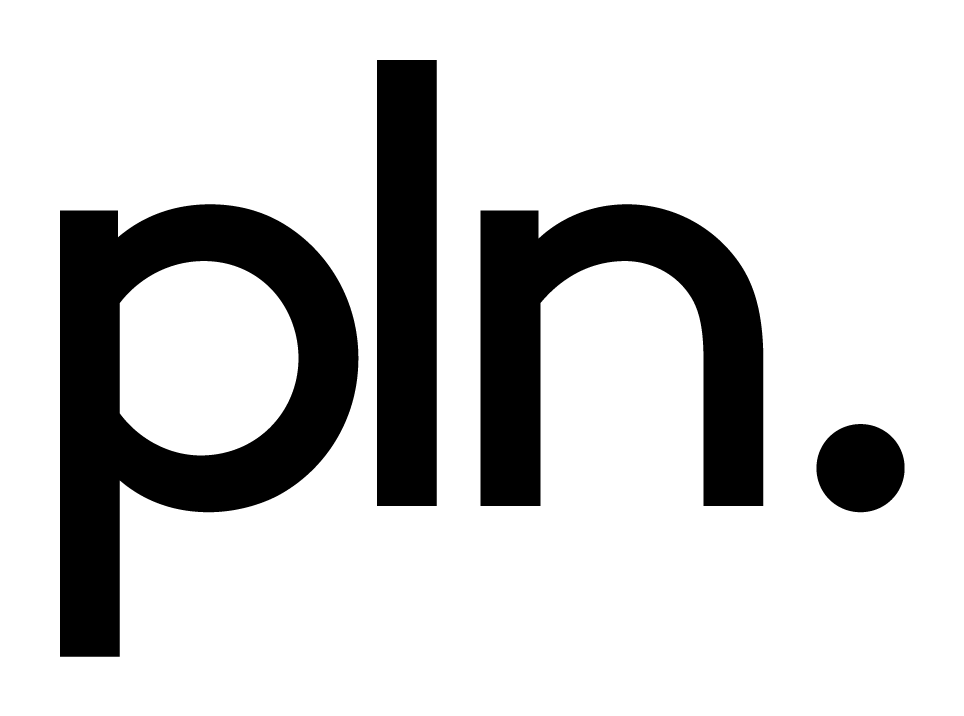Recent surveys suggest loneliness is a key issue for those working from home – especially younger workers, of whom 81% say it’s a problem (versus 64% over 35s).
But even so, the proportion of people still opting to work either from home, or from close to home, is higher than many employers would like. Loneliness isn't enough of an issue, it would seem, to get people on the road on a daily basis and the office itself is still not enough of a draw.
A major roadblock to re-filling offices is that road-trip. Once the no-commute-genie was out of the bottle, it’s been very hard to put back. People are asking themselves if the cost and inconvenience of the commute is worth it. It’s a delicate balance, but employers need to question if the office experience is commute worthy for their employees.
The office as functioning eco-system is the new reality. It must be authentic, offer genuinely positive experiences, social interaction, combine a variety of flexible workspaces and provide energy to those inhabiting it. It must deliver more than the sum of its parts. There are a number of questions bosses need to consider when thinking about their workspace.
